How Many Vehicles Will the Chip Shortage Really Cost Us?

While the global semiconductor shortage is often reported as this out-of-nowhere surprise that has totally rattled smartphone and automotive manufacturers, 2020 was rich with signals that trouble was afoot. Global lockdowns forced factories to shut down, creating a lapse in demand in damn-near everything. By the time lines started firing back up, supply chains had become a disorganized mess. Nobody knew quite where to focus their efforts. But it was clear that everyone was going to be spending a lot more time indoors, resulting in an elevated need for the sort of components that go into mobile devices, television sets, personal computers, and other electronic gizmos.
Automobiles saw demand suppressed by around 15 percent (year-over-year) in 2020. However, the year ended with increased demand the industry figured would carry over into 2021. That, in conjunction with vehicles needing more semiconductor chips than ever to make sure they’re equipped with the latest features and perpetually connected to the internet, has automakers sweating. Practically every name in the industry has announced production shortfalls. But just exactly how many vehicles are we expected to lose from this?
Half a dozen factories in North America have already announced extended closures until the chip supply normalizes, leaving the region with automakers claiming a 239,000 vehicle deficit that AutoForecast thinks could end up as high as 402,000. European shortfalls are nearly as bad, with estimated losses eclipsing North America at 520,000 units.
As the global hub of semiconductor suppliers, Asia is assumed to see fewer problems. Chinese facilities are expecting to build 128,000 fewer vehicles than anticipated with the rest of the continent performing slightly better. Still, AutoForecast thinks the region could lose as many as 439,000 planned units.
Sadly, we don’t see this issue being totally resolved as supply chains improve. Chip demand is unlikely to go back down unless automakers become suddenly disinterested in having their products digitized (fat chance) and national security issues are starting to become a problem. China has been hungrily eyeing Taiwan forever and is starting to signal that it might make a move. While the big issue is the political fallout and probable war, Taiwan is one of the largest chip suppliers for our market. But even if things fail to reach that point, most are under the assumption that chip shortages will persist until local markets fulfill their own needs and are anticipating higher prices regardless.
[Image: General Motors]

A staunch consumer advocate tracking industry trends and regulation. Before joining TTAC, Matt spent a decade working for marketing and research firms based in NYC. Clients included several of the world’s largest automakers, global tire brands, and aftermarket part suppliers. Dissatisfied with the corporate world and resentful of having to wear suits everyday, he pivoted to writing about cars. Since then, that man has become an ardent supporter of the right-to-repair movement, been interviewed on the auto industry by national radio broadcasts, driven more rental cars than anyone ever should, participated in amateur rallying events, and received the requisite minimum training as sanctioned by the SCCA. Handy with a wrench, Matt grew up surrounded by Detroit auto workers and managed to get a pizza delivery job before he was legally eligible. He later found himself driving box trucks through Manhattan, guaranteeing future sympathy for actual truckers. He continues to conduct research pertaining to the automotive sector as an independent contractor and has since moved back to his native Michigan, closer to where the cars are born. A contrarian, Matt claims to prefer understeer — stating that front and all-wheel drive vehicles cater best to his driving style.
More by Matt Posky
Latest Car Reviews
Read moreLatest Product Reviews
Read moreRecent Comments
- Tassos Jong-iL This would still be a very nice car in North Korea.
- Jeff One less option will be available for an affordable midsize sedan. Not much can be done about GM discontinuing the Malibu. GM, Ford, and Stellantis have been discontinuing cars for the most part to focus on pickups, crossovers, and suvs. Many buyers that don't want trucks or truck like vehicles have moved onto Japanese and South Korean brands. Meanwhile large pickups and suvs continue to pile up on dealer lots with some dealers still adding market adjustments to the stickers. Even Toyota dealers have growing inventories of Tundras and Tacomas.
- Lorenzo This car would have sold better if there was a kit to put fiberglass toast slices on the roof.
- Lorenzo The Malibu is close to what the 1955 Bel Air was, but 6 inches shorter in height, and 3 inches shorter in wheelbase, the former making it much more difficult to get into or out of. Grandma has to sit in front (groan) and she'll still have trouble getting in and out.The '55s had long options lists, but didn't include a 91 cubic inch four with a turbo, or a continuously variable transmission. Metal and decent fabric were replaced by cheap plastic too. The 1955 price was $1765 base, or $20,600 adjusted for inflation, but could be optioned up to $3,000 +/-, or $36,000, so in the same ballpark.The fuel economy, handling, and reliability are improved, but that's about it. Other than the fact that it means one fewer sedan available, there's no reason to be sorry it's being discontinued. Put the 1955 body on it and it'll sell like hotcakes, though.
- Calrson Fan We are already seeing multiple manufacturers steering away from EVs to Hybrids & PHEVs. Suspect the market will follow. Battery tech isn't anywhere close to where it needs to be for EV's to replace ICE's. Neither is the electrical grid or charging infrastructure. PHEV's still have the drawback that if you can't charge at home your not a potential customer. I've heard stories of people with Volts that never charge them but that's a unique kind of stupidity. If you can't or don't want to charge your PHEV then just get a hybrid.



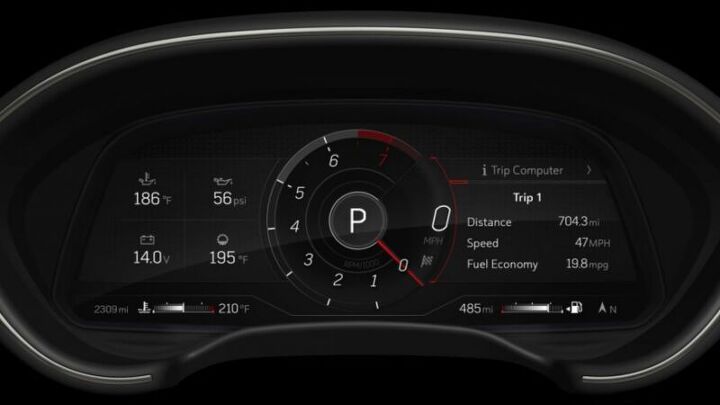















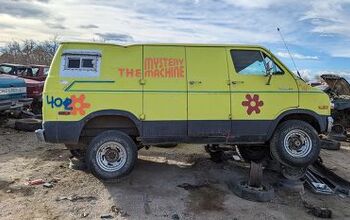
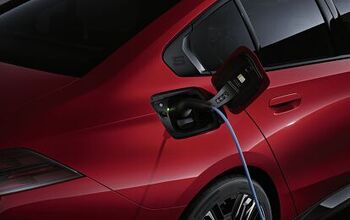
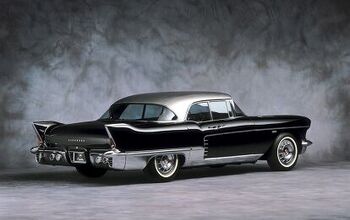
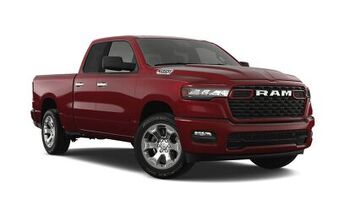
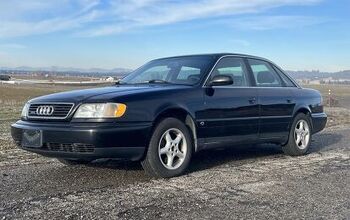


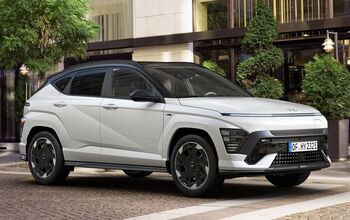
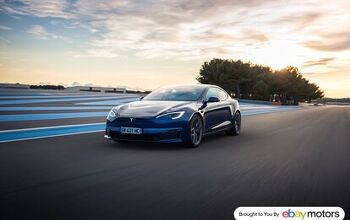
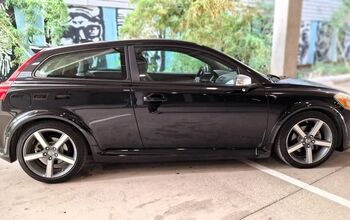
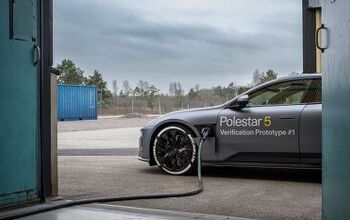



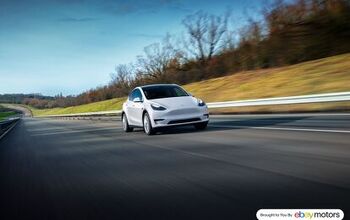
Comments
Join the conversation
It is time for Uncle J to send air carriers to South Chia sea.
Used vehicle prices will go up with less new vehicles available, less vehicles traded in because of lower miles driven during the pandemic, and more people buying vehicles instead of riding mass transit. As for more wires on today's vehicles versus 40 or 50 years that is true but even if the manufacturers eliminated many of the wires they would be replaced with wireless technology which requires more chips and thus a larger shortage in chips.